How I Came to Regenerative Agriculture
East-Texas rancher Christine Martin’s journey to regenerative agriculture and raising grass-fed livestock started with the desire to produce food that could address the root causes of her own health symptoms.
As with many others, I didn’t start out this journey with the end goal of practicing regenerative agricultural principles and practices. It started out as a way to heal myself.
I need to start my story with a little background.
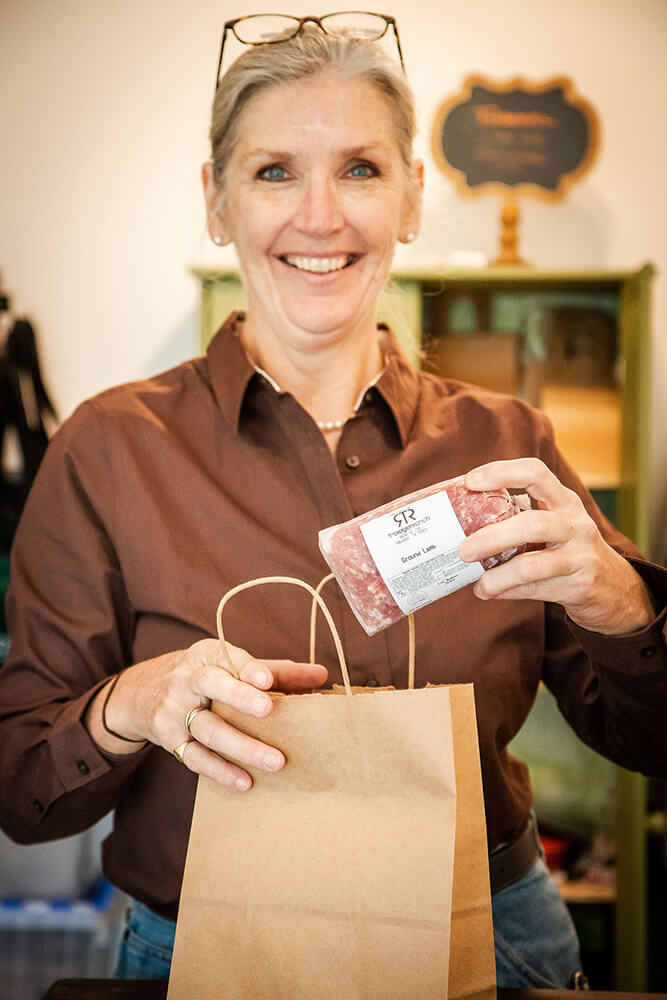
I was born in Argentina of British parents and raised in Brazil. It was Third World living. There were no big grocery stores. We shopped at the weekly farmers market for everything from brooms to flowers, flours, vegetables, raw milk, eggs, meat and seafood.
We cooked everything from scratch. My mother treasured all her recipes. She learned to adapt recipes she was given by the American, British, German and many other expatriates living in Brazil. We couldn’t purchase buttermilk, but learned that if you put some lemon juice into milk, you created buttermilk. We didn’t have chocolate chips for American chocolate chip cookies, but we chopped up chocolate bars into chips.
When I came to the U.S. for college, I was amazed at the abundance of everything, from shampoos to candy bars to boxed food. I fell in love with Kraft Macaroni & Cheese, Squirt and Snickers.
Being a broke college student, I lived on mac and cheese and ramen noodles. A treat was a frozen pizza. And even for a few years after I started working, my meals still came from pre-packaged boxes.
My first migraine
Then I had my first migraine at work. It was awful. I wanted someone to cut my head off. I was rushed to the emergency room, and the doctor gave me a prescription for a caffeine pill to take when I felt the next migraine coming on. I was aghast! He was giving me something to deal with the migraine, but wasn’t giving me something to keep me from ever getting another migraine again.
This started my quest into figuring out what was causing my migraines.
Instead of treating the symptom, I wanted to address the root cause (a concept I didn’t finish formulating until I took a beginning farmer/rancher course with Holistic Management International).
After seeing several naturopaths and doing lots of research, it turned out that all the pre-packaged food I was eating was causing my symptoms, which included bloating and constipation in addition to the migraines.
So I went on a fast. It was tough, but after two weeks, I started feeling better. I slowly added food to my diet and noted how I felt after eating it. I learned that I couldn’t eat anything with soy. Do you know how much food contains soy? So much!
I realized that I had to go back to how I was raised – eating locally sourced food and making meals from scratch.
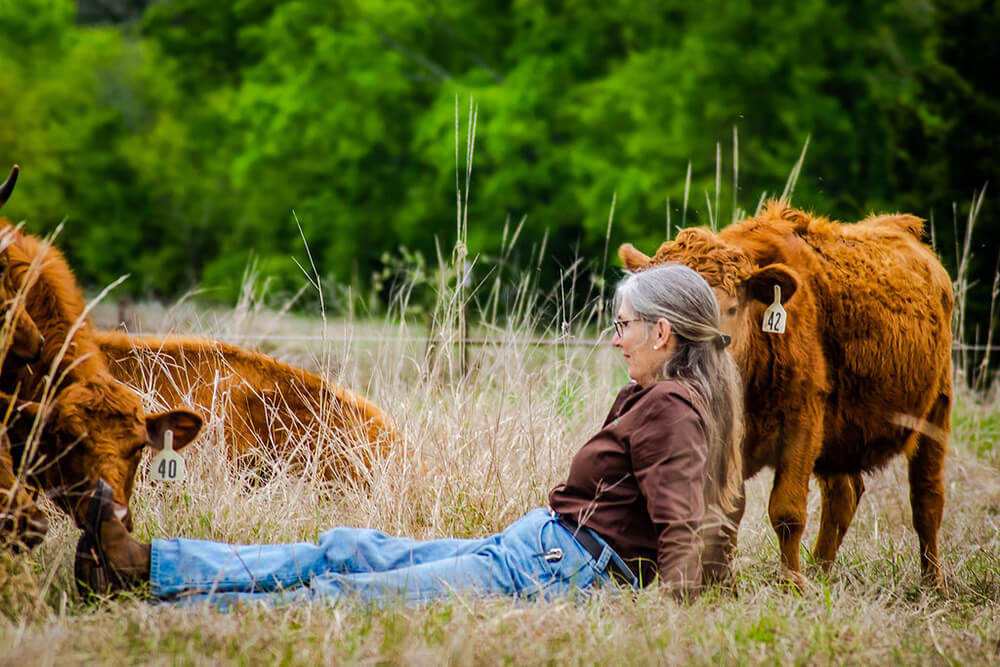
Raising my own food
I started sourcing local food, and my mother shared her recipes with me. To find food that didn’t have soy in it, I had to drive for hours.
At the time, I was living on 5 acres outside of Houston. It occurred to me that I could produce some of my own food, especially eggs from hens not fed soy, which meant I wouldn’t have to drive hours to pick them up.
So I started with laying hens. I formulated my own soy-free feed until I found a mill that also had a soy-free layer feed. I increased the garden, and raised my own vegetables. Then I added a milk cow, so I could have unpasteurized milk. We loved our Guernsey! We also loved her butter and cheese.
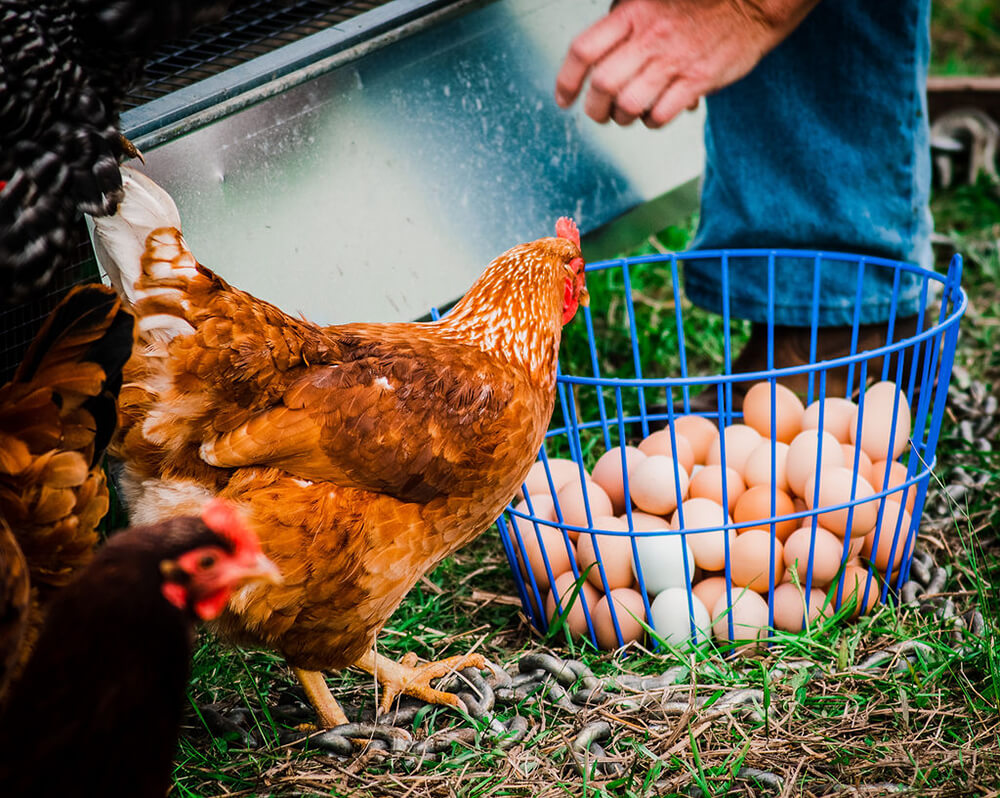
Then I heard about Betsy Ross at Sustainable Growth Texas, and she gave me my first introduction to soil health and how plants are indicators of what is going on with your soil. I took my first soil sample, and she formulated a compost tea to give my soil health a jump-start. I was dealing with high salinity due to a natural local salt mine, together with other mineral deficiencies.
I learned of Acres U.S.A. magazine, and have been a subscriber ever since. From the magazine, I read many articles of people’s experiences with different practices. I tried them. Some worked and some failed. This was my ‘homesteading’ phase.
Regenerative and Holistic
The Holistic Management International course shifted me into my ‘regenerative agriculture/direct-to-consumer’ phase.
The course taught me about having goals that included financial and economical outcomes and my desired quality of life. I learned about context and understood why some of the things I had tried from the Acres U.S.A. magazine worked and some didn’t work. I learned about ecosystems, planning for profit, the different tools available for stewarding land, and marketing to ideal customers.
The biggest and most impactful tool Holistic Management taught me was their decision-making framework: asking “Is the decision being tested going to address the root cause (not the symptom)?” If I had known about this tool earlier in my life, it would have prevented some poor decisions I made!
Holistic Management advocates what we now call regenerative agricultural practices: working with nature instead of against nature.
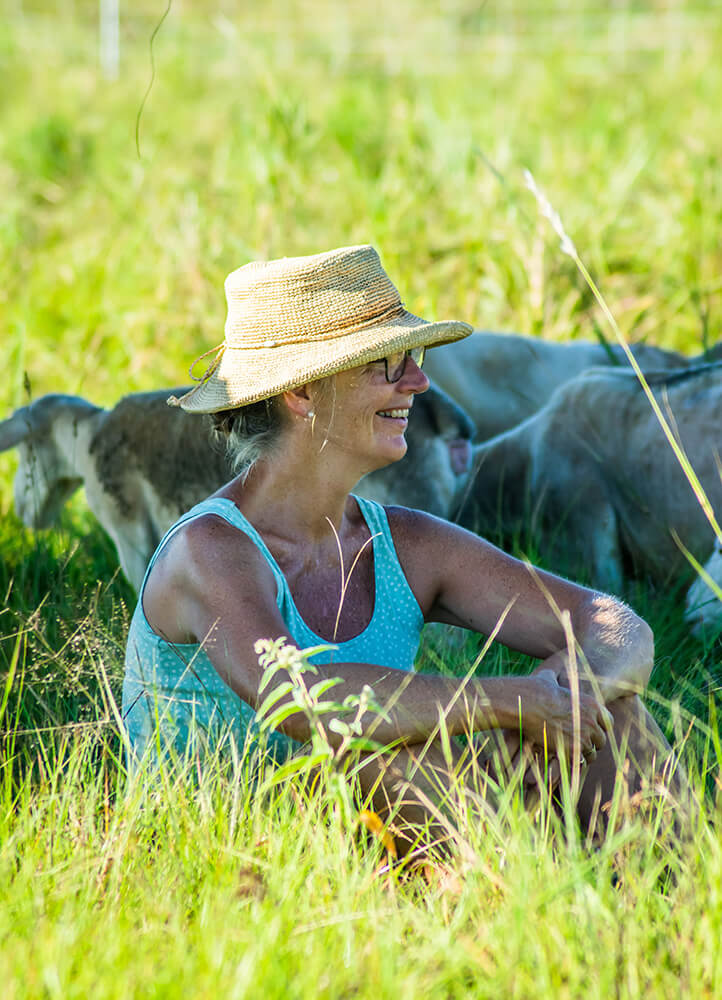
The course also made it painfully obvious to me that, given the functions of the ecosystems, there is a direct correlation with soil health, livestock health and human health. If our soil isn’t healthy and functioning as it should be, then we are going to have issues with livestock health and consequently human health. The imbalances in soil will cause imbalances in the livestock and humans, which will present themselves as illnesses.
I came home from the course and started implementing everything I had been taught.
I had sold my 5 acres and had moved onto a bigger property. Still wanting to provide the food I needed to continue healing myself, I figured others might be struggling with the same issue. So I focused on producing the cleanest and most nutrient-dense food I could produce to help those who also struggled with food-related health issues.
The Weston A. Price Foundation has been a valuable resource in teaching me about food-related issues. They have a ton of research and data on everything from the effects of soy in our bodies to recipes on cooking from scratch and eating nose-to-tail. Did you know that bone broth can clear up acid reflux symptoms?
My garden produces food for all my needs, but I also raise lamb, beef and turkey using regenerative agricultural and holistic management principles and practices. I sell my meat products directly to consumers.
Managing land with livestock
Using the holistic management principle that livestock are a tool to help with land management, I started with sheep, because the economics of raising them were better than for beef! Then I brought in turkeys, which I raise year-round including Thanksgiving turkeys, to mitigate the parasites for the sheep. Then I brought in cattle, because I needed the trampling effect in the pastures. I used pigs to clear the brush on the property, but despite the great profit margins, I no longer need pigs on the ranch.
I implemented a grazing plan to allow for the recovery of the grasses. As soon as the second year, I saw a shift in the grasses in the pastures to higher successional grasses, together with an increased stocking capacity. Despite increasing my livestock “flerd” (herd and flock combined), my local NRCS grazing specialist says I’m still understocked!
The increase in stocking capacity means that I can produce more meat that I can sell to my customers on the same amount of land, reducing the need to lease more acreage (an added expense). More sales and less costs are always a good thing!
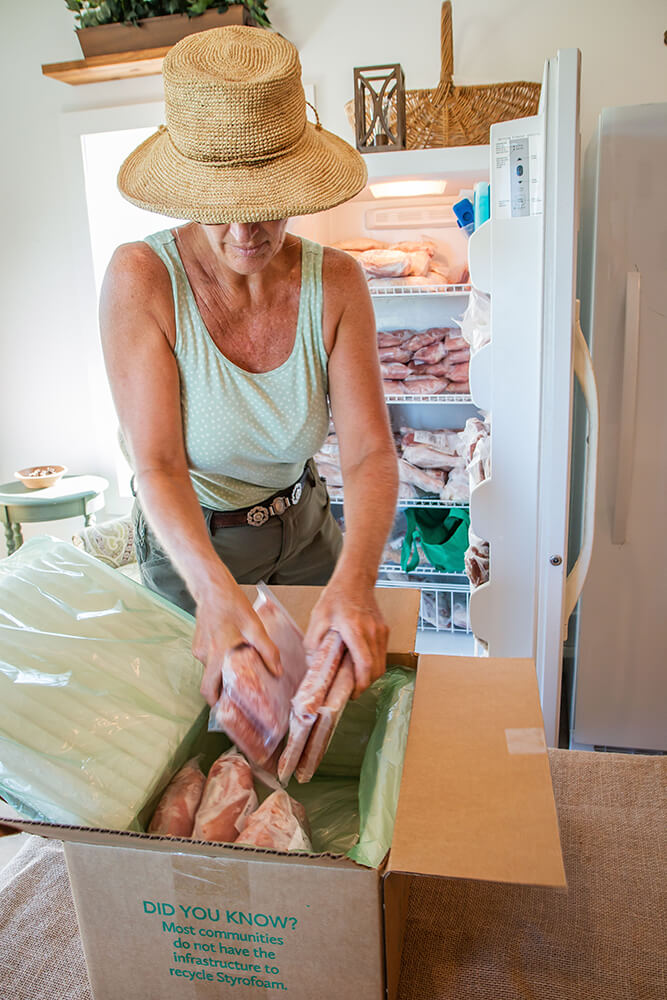
Together with healing myself of my health issues, I constantly receive thanks from customers who value how I raise my animals and say my meats have helped them heal from their health issues. If they don’t have health issues, they love how the meat tastes!
Did you know that our tongues are the first indicator of how nutrient-dense the food that we eat is? If you’ve noticed the difference in taste between a store-purchased tomato versus a homegrown tomato, then you’ve noticed the difference in how nutrient-dense the homegrown tomato is!
I’ve shared this with customers, and I’ll share it with you: You are what you eat!
If you eat clean (no chemicals/hormones/antibiotics) and nutrient-dense food, then you’ll be healthier for it. The closer to nature you stick, the healthier you are!
So, implement regenerative agriculture practices in your operation, so that you can help others be a healthier version of themselves, and you can have a more profitable operation.
The photos in this article were provided by the author and used with their permission.
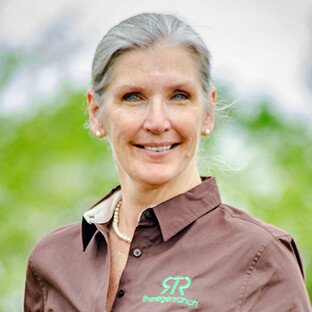
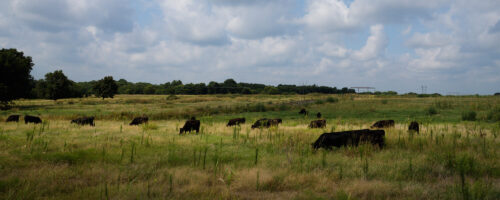
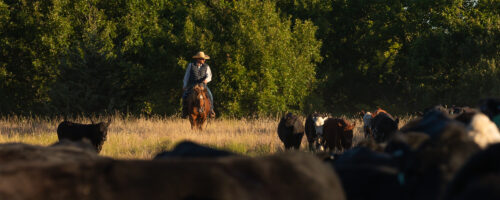
Comment